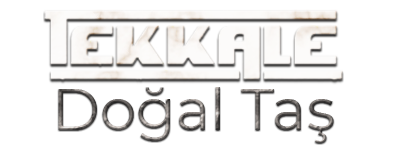Risk and asset management involves identifying, assessing and reducing the risks that are associated with assets of an company. This covers both physical assets, like buildings and equipment and intangible assets such as intellectual property and data. The goal is to protect the value of these assets, and ensure that they are effectively used to achieve business goals.
To carry reason antivirus review out a successful asset risk assessment, it is crucial to first determine all the assets that a company has. This includes both tangible assets as well as intangible assets such as intellectual property or customer lists. After having identified all assets, the next step involves assessing the risk of each asset. This includes both the possibility of theft and unauthorized use or access.
After a company has assessed its risks, it’s essential to determine the extent of any losses or breaches and how the losses can be minimized. A sound asset management strategy is vital, since it enables businesses to put in place strategies that will decrease the likelihood of risk and reduce any losses.
It is also important to identify the operational risks that support the business process ‘from front to back’ and understand how these risks are related to each of the company’s products. This will give an understanding of the risks that are faced by each product and assist in determining the best way to mitigate those risks.
